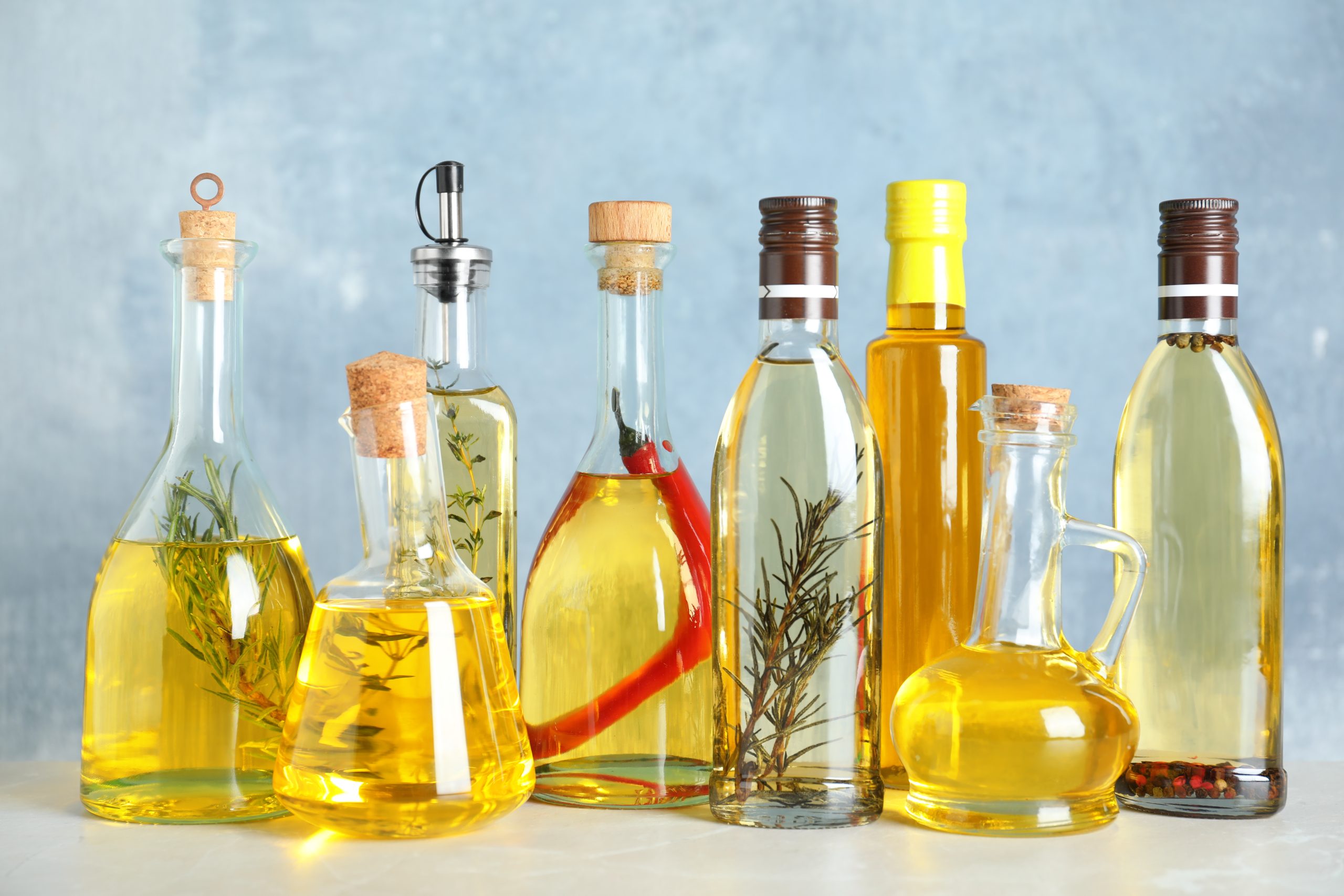At Schembri PT, we believe that a sound understanding of nutritional choices is crucial to our fitness and overall health. Today, we focus on a key component of our kitchens – cooking oils. Cooking oils are more than just a medium for cooking; they contribute to the taste, nutritional profile, and even the healthiness of our meals.
There’s a variety of oils out there, each with its unique properties, flavour profiles, and health benefits. However, not all oils are created equal. Their value in our diet depends on their composition, how they react to heat, and of course, how much we use.
In this email, we’ll explore six common cooking oils: Butter, Olive Oil, Coconut Oil, Avocado Oil, Vegetable Oil, and Sunflower Oil.
For each oil, we’ll delve into ‘The Good, The Bad, and The Ugly’, offering an overview of their pros, cons, and specific characteristics when it comes to cooking.
Our goal isn’t to label certain oils as ‘good’ or ‘bad’, but to give you the information you need to make informed decisions. Remember, the key to a healthy diet isn’t to over-rely on a single type of oil, but to incorporate a variety to reap different benefits they offer.
Enjoy the read and happy cooking!
Butter
The Good: Provides a rich, creamy flavor that enhances both sweet and savory dishes. Contains butyrate and Vitamin A.
The Bad: High in saturated fats and cholesterol. The high saturated fat content can increase LDL cholesterol levels when consumed in excess.
The Ugly: Its low smoke point makes it unsuitable for high-heat cooking, which can lead to burning and a risk of creating unhealthy compounds.
Olive Oil
The Good: High in monounsaturated fats (heart-healthy), low in saturated fats. Contains antioxidants and Vitamin E. Has a distinct fruity flavor and is versatile in culinary uses.
The Bad: Refined olive oils lose some health and taste benefits.
The Ugly: Its medium smoke point makes it less suitable for high-heat cooking, potentially damaging its healthful properties.
Coconut Oil
The Good: Contains medium-chain triglycerides which may aid in energy expenditure and weight loss. Has a relatively high smoke point, suitable for most cooking methods.
The Bad: High in saturated fats which has raised concerns about its impact on heart health.
The Ugly: Imparts a tropical flavour that may not suit all dishes, particularly savoury or traditional Western cuisine.
Avocado Oil
The Good: High in monounsaturated fats (heart-healthy), low in saturated fats. Contains Vitamin E. Has a high smoke point, making it great for various cooking methods.
The Bad: More expensive than many other cooking oils.
The Ugly: Not widely available in all supermarkets and may have a flavor that doesn’t suit all recipes.
Vegetable Oil
The Good: Has a relatively neutral flavor and is versatile for various cooking methods. Has a medium to high smoke point, suitable for most cooking methods.
The Bad: High in polyunsaturated fats, which can promote inflammation in excess.
The Ugly: Mostly made from genetically modified crops like soybean, canola, or corn, which some people may wish to avoid.
Sunflower Oil
The Good: Contains Vitamin E. Has a high smoke point, making it great for baking, frying, and sautéing.
The Bad: High in Omega-6 fatty acids, which should be consumed in balance with Omega-3s.
The Ugly: Overconsumption can lead to an imbalance of Omega-6 and Omega-3 fatty acids in your diet, promoting inflammation.
Remember, while we refer to some aspects as ‘ugly’, this doesn’t mean you should avoid these oils altogether. Instead, be aware of their limitations and incorporate them wisely into a balanced diet.
Contact Us here to get a nutrition plan from a qualified Sports Nutritionist today!

